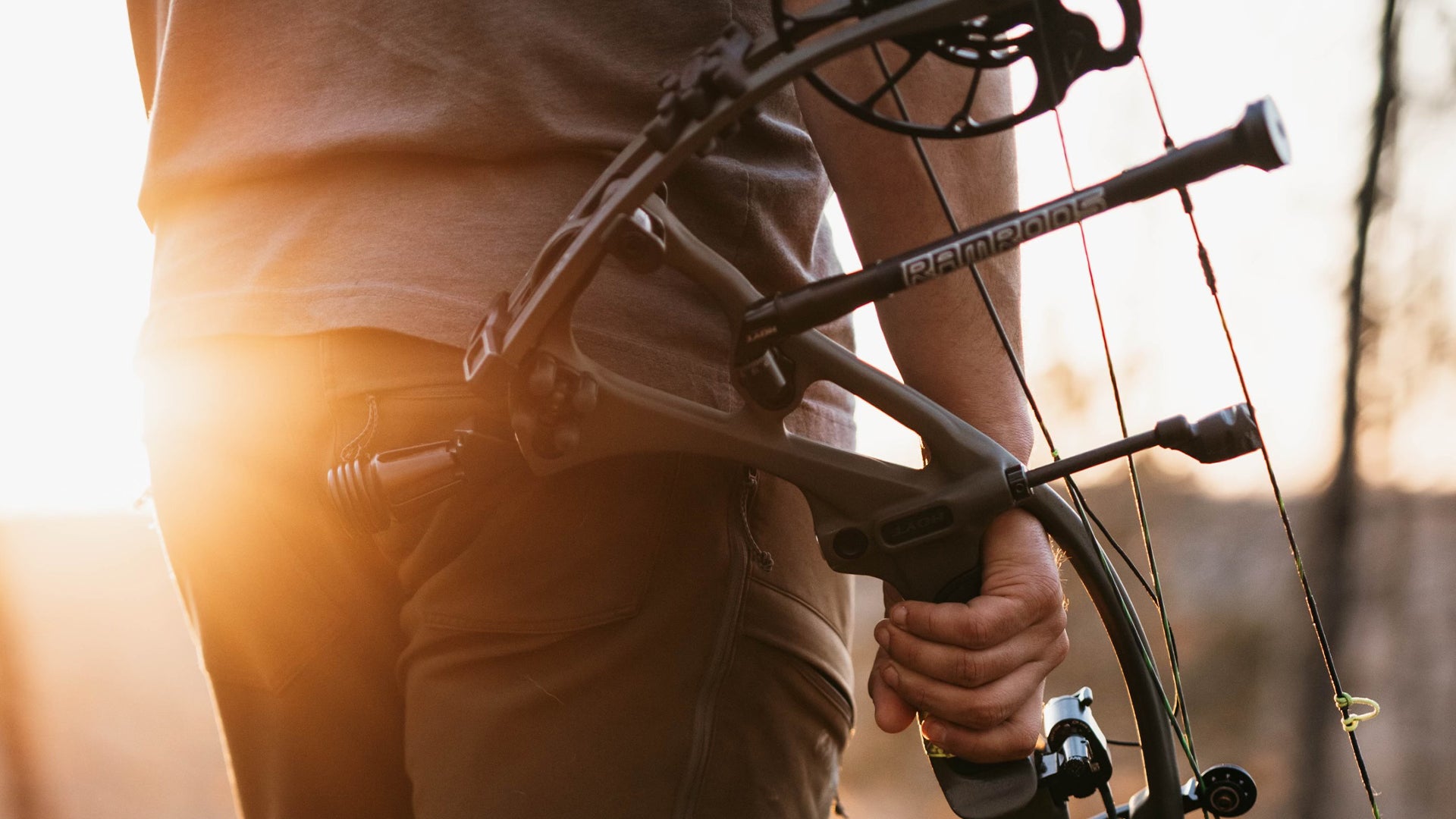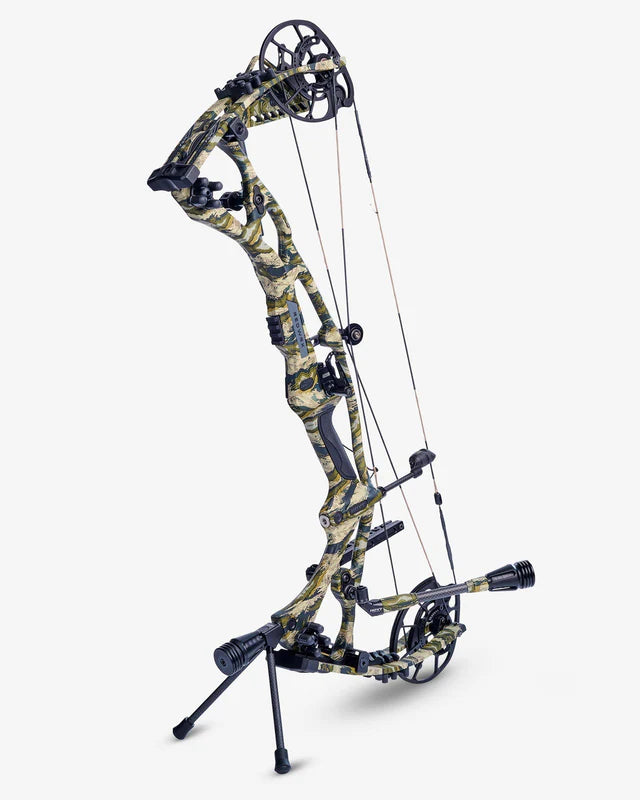Bow Stabilizer Reviews: Locate the Perfect Security Remedy for Your Bow
Bow Stabilizer Reviews: Locate the Perfect Security Remedy for Your Bow
Blog Article
Maximize Your Archery Accuracy With These Bow Stabilizer Methods
In the world of archery, attaining optimum precision is a pursuit that demands precise interest to information and method. One essential element that can dramatically influence your performance is the appropriate use of bow stabilizers. These often-overlooked devices hold the possible to boost your capturing effectiveness to brand-new elevations, yet just if used properly. By discovering the nuanced strategies of picking, mounting, and make improvements bow stabilizers, archers can unlock a realm of precision that might have previously eluded them. Whether you are a seasoned archer looking to refine your skills or a newcomer eager to boost your precision, grasping these bow stabilizer methods might be the secret to hitting your mark with unequaled uniformity.
Advantages of Using Bow Stabilizers
Using bow stabilizers can dramatically improve an archer's accuracy and general performance by minimizing bow torque and resonance. Bow torque, caused by the unequal circulation of weight in the bow, can cause disparities in shot positioning. By connecting a bow stabilizer, the weight is rearranged, decreasing the effects of torque and assisting the archer achieve an extra consistent shot. In addition, bow stabilizers moisten resonance, which not only boosts the comfort of capturing but additionally avoids the bow from leaping upon release, therefore assisting in preserving appropriate objective.
Furthermore, bow stabilizers can help in holding the bow constant, particularly throughout gusty conditions or when firing from longer ranges. The included weight at the front of the bow provides stability and equilibrium, allowing the archer to focus on aiming without the distraction of bow motion. On the whole, the benefits of utilizing bow stabilizers expand past simply accuracy, enhancing the archer's experience and efficiency in various shooting situations.
Selecting the Right Bow Stabilizer
Selecting the ideal bow stabilizer is critical for maximizing your archery tools and boosting shooting efficiency. Much heavier stabilizers can assist decrease bow torque and absorb even more vibration, leading to a steadier objective.

Finally, take into consideration the design of the stabilizer. Some stabilizers include flexible weights or dampeners that allow you to personalize the equilibrium and feeling of your bow. Ultimately, selecting the appropriate bow stabilizer involves discovering an equilibrium between weight, design, material, and length to improve your capturing precision and overall performance.
Appropriate Setup Strategies
To make sure optimum efficiency and security in archery, grasping correct setup methods for your bow stabilizer is vital. The very first step in installing a bow stabilizer is to identify the correct positioning on your bow.
Following, securely affix the stabilizer to the bow making use of the suitable mounting equipment. Some stabilizers come with adjustable weights that can be included or gotten rid of to fine-tune the equilibrium of your bow.

Readjusting Stabilizer Weight and Length
After ensuring the proper installation of your bow stabilizer, the following action entails readjusting the weight and size to enhance its performance in enhancing archery accuracy. The weight of the stabilizer plays an essential function in lessening bow movement throughout the shot cycle.
When it involves stabilizer size, finding the you could try these out ideal equilibrium is crucial. A longer stabilizer can offer greater stability by raising the distance between the bow and the weight at the end of the stabilizer. This included range improves the stabilizing result, specifically in gusty conditions or when contending longer ranges. On the other hand, a shorter stabilizer offers a lot more maneuverability and may be favored by archers that value agility and fast motions during capturing.
Advanced Stabilizer Tuning Tips
Accomplishing optimum bow stability and precision in archery requires a nuanced strategy to advanced stabilizer tuning. Advanced stabilizer adjusting involves fine-tuning various parts to enhance the bow's balance, minimize resonance, and improve overall accuracy.
An additional crucial element of innovative stabilizer adjusting is optimizing the damping properties of the stabilizer system. This can be achieved by incorporating extra moistening devices click over here such as rubber dampeners or harmonic stabilizers to better reduce vibration and noise. Exploring different materials for the stabilizer construction, such as carbon fiber or aluminum, can also influence the bow's performance by altering its weight distribution and stiffness. By meticulously adjust these innovative stabilizer components, archers can optimize their precision and consistency on the range or in competition.
Final Thought
In conclusion, maximizing archery precision can be accomplished through imp source the appropriate selection, setup, and adjustment of bow stabilizers. On the whole, integrating bow stabilizers right into archery practice can lead to enhanced efficiency and boosted precision.
Utilizing bow stabilizers can significantly improve an archer's precision and overall efficiency by reducing bow torque and resonance. Longer stabilizers provide higher security and equilibrium, specifically for long-distance shooting, while much shorter stabilizers supply more convenience and are easier to steer in limited rooms (bow stabilizer). Carbon fiber stabilizers are lightweight and resilient, while aluminum stabilizers are durable and give excellent vibration moistening
A longer stabilizer can give greater stability by boosting the range between the bow and the weight at the end of the stabilizer.Another important facet of innovative stabilizer tuning is optimizing the damping residential properties of the stabilizer system.
Report this page